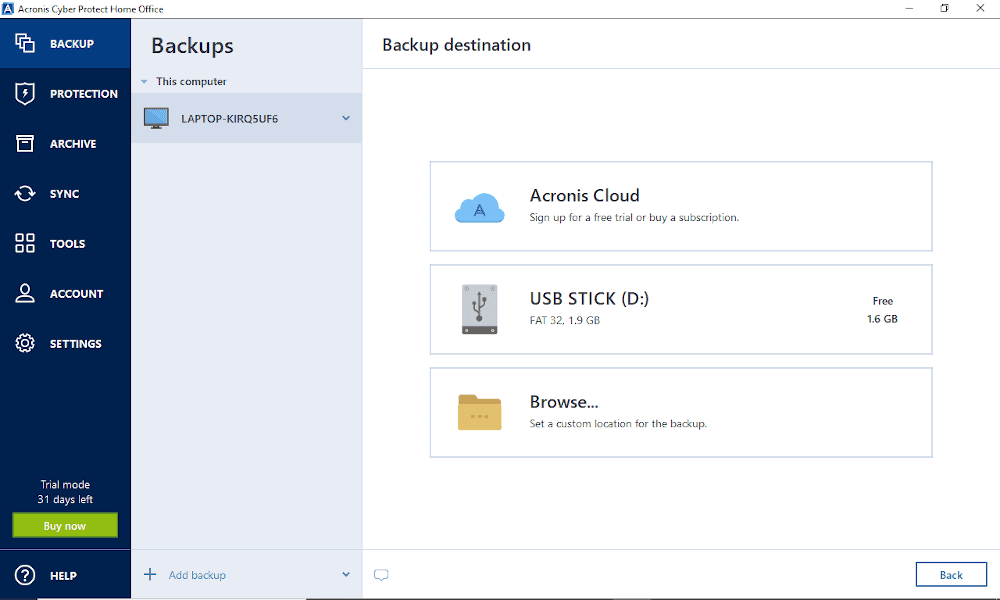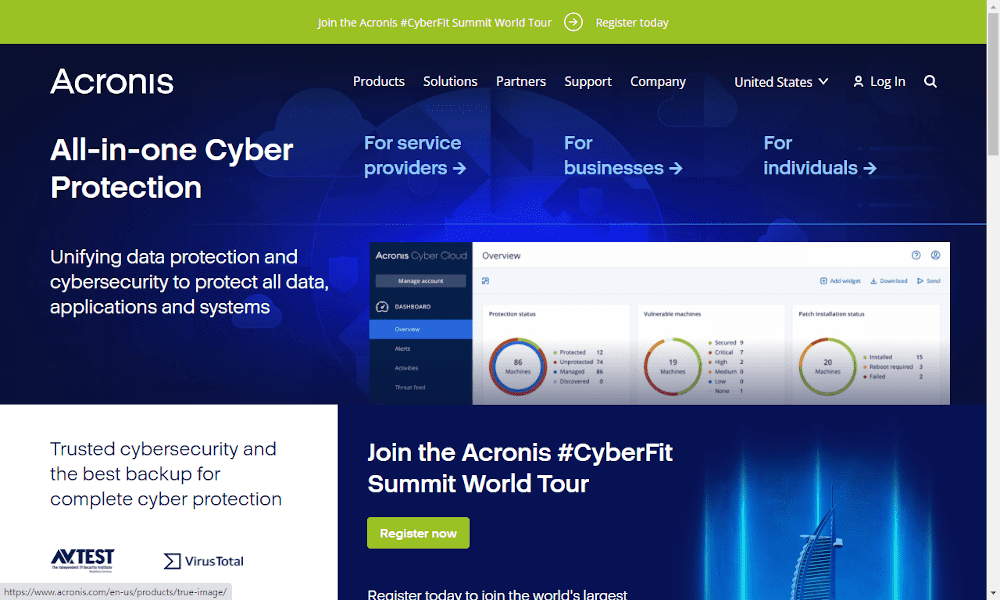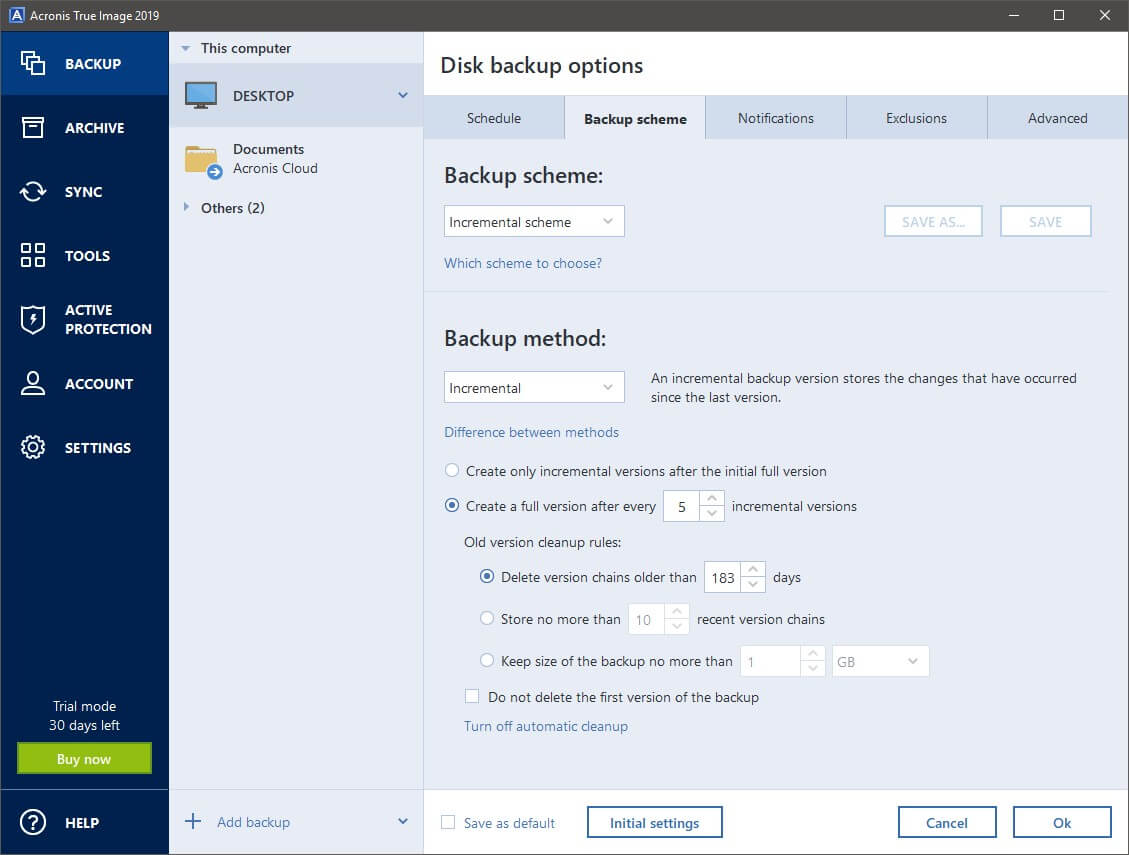

It also did quite well with the default configuration, by automatically excluding the swap file, recycle bin, and standard temporary files and folders that nobody will care about when doing a backup. This is an important feature, since you don’t want to waste time and disk space backing up your personal data, if you already have it backed up elsewhere.
#ACRONIS TRUE IMAGE HD REVIEW SOFTWARE#
Other disk imaging software I have tested did not offer this level of granularity in sending email notifications.Īs with any decent premium disk imaging tool, Acronis True Image allows you to specify files and folders you want to exclude.
#ACRONIS TRUE IMAGE HD REVIEW FULL#
for success/failure of backup, include full log of backup job). There are simple or advanced options, where you can specify recipient and subject, SMTP server, and when and what you want to get in emails (e.g.

You can optionally set up email notifications. Acronis True Image stands out compared to many other tools here in that it presents the backup scheme options at initial setup, rather than having to dig for these features afterwards when setting up a repeat schedule for an existing backup job. You also have a lot of flexibility to do your own customization, by running full backups after chosen number incremental backups, deleting all backups older than a certain number of days/weeks/months, size limits and keeping the first backup in a chain. It offers a comprehensive set of backup methods, with the ability to run full, incremental or differential backups, as well as some custom configurations, namely single version scheme and version chain scheme, which more intelligently keep the last N backups and delete older ones. I find the ability to only run a backup when the computer is idle and preventing the system from hibernating while running a backup to be particularly useful. It also has a few extra scheduling options missing in other tools. One feature missing in other tools is the availability of non-stop or continuous backup, although this must be enabled when setting up a backup for the first time if you want to use it. It offers daily/weekly/monthly backup, or backup at events like logon or startup.

The first thing is to decide on a backup schedule. Once you’ve selected the basics of what to backup and where, you go through the backup options.

This can be an external disk, the Acronis cloud service, or browse for another location (which you will want to select if you are saving to a network drive). Next, you select the backup destination (location). I don’t find much use for the last option, but some people may want to backup their personal data separately in this way. When you go to set up a new backup, you select the source of the backup, which can either be the entire PC, selected disks or partitions, or individual files/folders. Features are clearly visible as needed and the setup follows a logical flow. You don’t need to go digging for features or explanations. It has clean interface with large buttons, where all important options and next steps are clearly laid out. It has a polished and intuitive user interface, which is one area where it stands out compared to other disk imaging software. In my tests, it had the best compression and fastest backup times (although not by a wide margin). It offers a selection of backup schemes (including incremental backup), scheduling options, email notifications, file and folder exclusions, and many advanced features (some of which are detailed below). It has all the disk imaging features expected in a premium tool. Acronis True Image is one of the most popular premium disk imaging utilities.


 0 kommentar(er)
0 kommentar(er)
